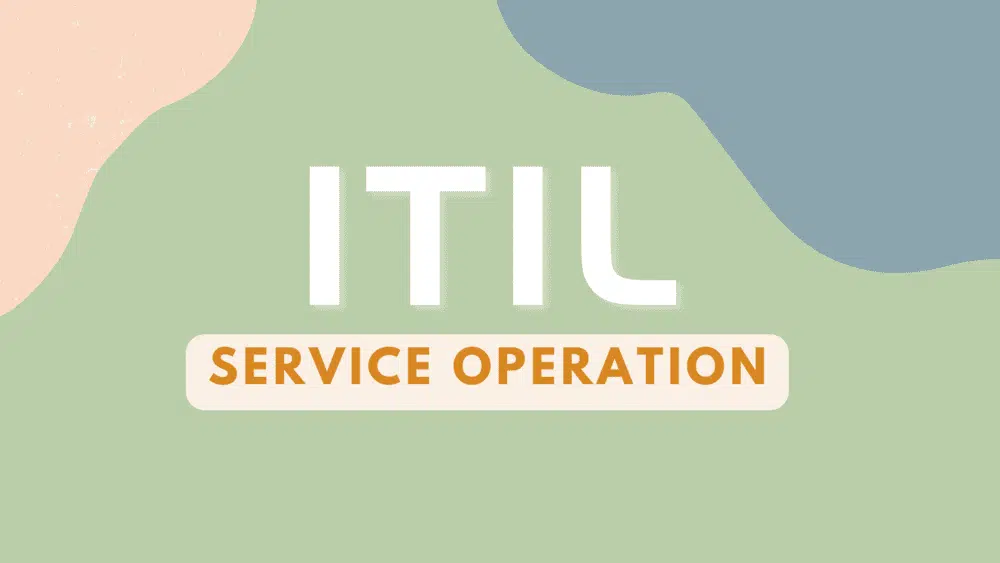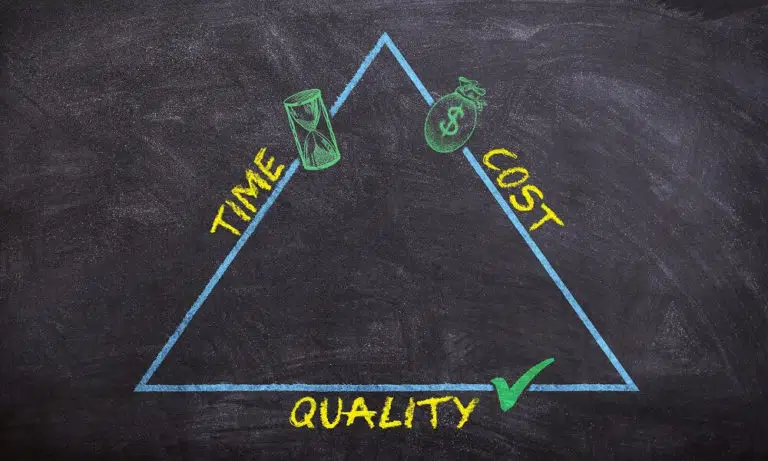As businesses expand and adapt to new technologies, their IT operations must also evolve. However, keeping up with the shifting demands of customers when it comes to optimizing IT service management (ITSM) operations is challenging.
Service providers aim to reduce the likelihood of issues that could negatively affect customer satisfaction. To support their ITSM requirements, numerous companies have embraced the Information Technology Infrastructure Library (ITIL) framework.
This framework offers adaptable best practices and processes for successful service management. ITIL service operation ensures the effective and efficient delivery of IT services.
ITIL service lifecycle has five stages:
- ITIL Service Strategy
- ITIL Service Design (Design Strategy)
- ITIL Service Transition (Transition Strategy)
- ITIL Service Operation (Operation Strategy)
- ITIL Continual Service Improvement
ITIL service operation is the fourth stage; this post will discuss this stage in detail.
ITIL Service Operation
The IT service management lifecycle involves fulfilling user requests, resolving service failures, fixing problems, and performing routine operational tasks. This stage, known as ITIL service operation, comprises five main processes and four functions that handle day-to-day tasks, user requests, problem-solving, infrastructure management, and more.
The successful implementation of these processes reinforces an organization’s IT support structure. Additionally, ITIL V4 has evolved from the service lifecycle model to a more comprehensive approach that includes key concepts, the Four Dimensions Model, and the Service Value System (SVS).
The Objective and Scope of Service Operation
The primary objective of IT service operation is to ensure the efficient and effective delivery of the required IT services to business users and customers in accordance with the service level agreements. This stage is crucial for any organization as even a meticulously designed and implemented process will be ineffective if the operations are not conducted effectively. Additionally, service operations are critical in enhancing service quality through regular performance monitoring, assessment metrics, and systematic data gathering.
The scope of IT Service Operation is usually around:
- The service provided by the service provider, external supplier, or even the end-user.
- Service management as it provides input and influences service design, strategy, and transition.
- Technology management is important, as all IT services need some form of technology to function.
- Human resource is vital as the people manage the services and technology and take the organization forward. Failure to recognize the importance of a skilled workforce will fail projects.
ITIL Service Operation Strategy Processes and Functions
Service operation carries out operational tasks. The ITIL service lifecycle stage of service operation strategy includes the following processes:
- Event Management: This process manages events throughout their entire life cycle. It involves detecting, filtering, responding to, and logging events to maintain a record.
- Incident Management: The main objective of incident management is to restore disrupted services quickly and return them to normal functioning levels, minimizing any negative impact on users.
- Problem Management: Problem management focuses on finding the root cause of incidents and taking proactive measures to prevent their occurrence in the future.
- Request Fulfilment: Request fulfillment deals with small, low-risk service requests, such as creating new user IDs or changing passwords, which are not part of a company’s core business.
- Access Management: Access management is responsible for granting access to authorized users while denying unauthorized access attempts to services.
Successful ITIL service operations processes rely on the above functions to manage and deliver IT services. Each function performs essential tasks that keep all service operations running smoothly. In addition, these functions can be housed within one unit or broken up and performed by different departments to fit the needs of the business.
- Service Desk: The service desk is the primary point of contact for coordinating activities between end users and IT service providers.
- Technical Management: This function provides the necessary in-depth resources and technical expertise to support an organization’s ongoing IT operations. They are responsible for assisting in designing, testing, releasing, and improving new and existing services.
- IT Operation Management: This function is responsible for the day-to-day execution of operational activities required to manage the IT infrastructure within an organization.
- Application Management: Application management plays a key role in making decisions, such as make-or-buy options, and is responsible for designing, testing, and improving applications.
Value Optimization of ITIL Service Operation
Each stage of the ITIL service lifecycle benefits the involved business, but the true value becomes most apparent during the service operations stage. The value is made visible through essential processes like incident management, event management, problem management, access management, and request fulfillment.
There are two ways to optimize the value of IT service operations:
- Long-Term Incremental Improvement: This approach involves evaluating the performance and output of all service operation processes and functions over time. By analyzing all relevant reports, decisions can be made regarding the type and necessity of improvements, such as reconfiguring process designs or infrastructure.
- Short-Term Ongoing Improvement: This approach focuses on smaller improvements in working practices within service operation processes without implementing significant changes to processes or technologies. Examples may include reassigning personnel, balancing workloads, and refining processes.
Conclusion
ITIL service operation is primarily concerned with ensuring the effective and efficient delivery of necessary IT services to business users and customers, as they are critical to an organization’s operations. Periodic monitoring of activities, assessment of metrics, and systematic data gathering also help to improve service quality.
It is essential to leverage service desk management to enhance or improve service operations. Once an organization has the appropriate people, processes, and technology to handle incidents and service requests efficiently, these systems can be integrated with service operation functionalities.

I am Mohammad Fahad Usmani, B.E. PMP, PMI-RMP. I have been blogging on project management topics since 2011. To date, thousands of professionals have passed the PMP exam using my resources.







